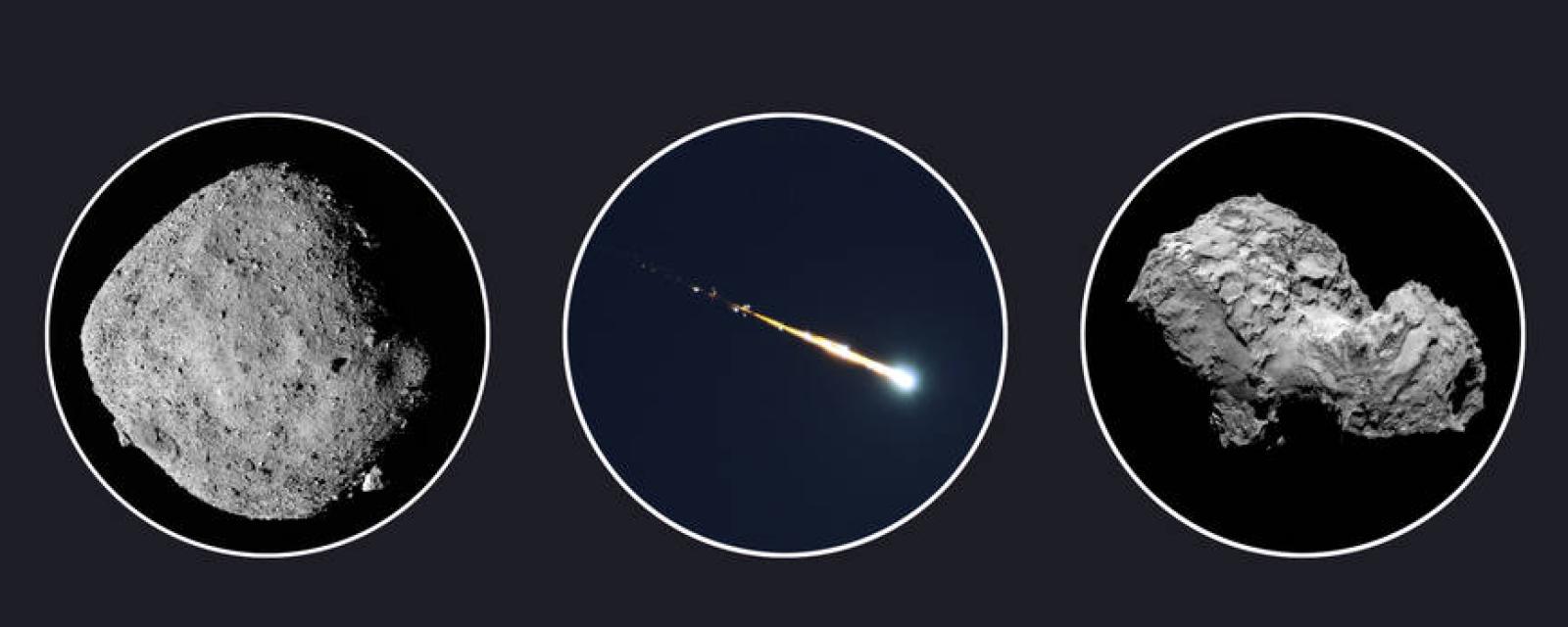
Asteroids, Comets, Meteors, and Meteorites
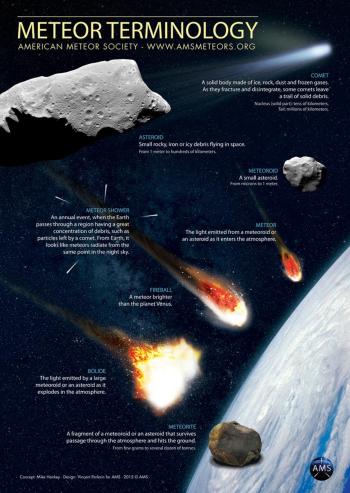
What is the difference?
- An asteroid is a rocky object that orbits the Sun. Asteroids are smaller than a planet, but they are larger than the pebble-size objects we call meteoroids.
- Comets are small icy dirtballs that orbit the Sun; comets are made of ice and dust while asteroids are made of rock).
- A meteor is a space rock—or meteoroid—that enters Earth's atmosphere, as it – burns up upon entering Earth’s atmosphere, it creating a streak of light in the sky (often called "shooting stars"). When Earth encounters many meteoroids at once, we call it a meteor shower.
- If a meteoroid survives its trip through Earth’s atmosphere and lands on the Earth’s surface, it is called a meteorite.
Banner images above, left to right:
Asteroid Bennu (NASA),
Fireball Meteor over Groningen the Netherlands (Robert Mikaelyan), and Comet 67P (ESA)
Now Discover all Our Near-Earth Object Asteroids and Comets using NASA Eyes.
https://eyes.nasa.gov/apps/asteroids/
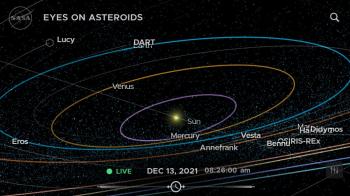
Through the NASA’s Eyes on Asteroids visualization tool, you can now explore the asteroids and comets that approach Earth’s orbital neighborhood – and the spacecraft that visit these objects – with a click or a swipe. Thousands of asteroids and dozens of comets are discovered every single year, some of which – called near-Earth objects (NEOs) – follow orbits that pass through the inner solar system. With their numbers rising daily, these objects are tracked carefully by NASA-funded astronomers in case any might pose an impact threat to our planet. The daily-updated Eyes on Asteroids depicts the orbits of every known NEO, providing detailed information on those objects. Using the slider at the bottom of the screen, you can travel quickly forward and backward through time to see their orbital motions.
Annual Events
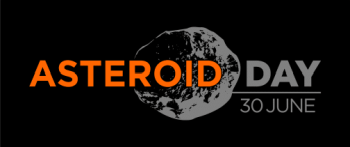
Asteroid Day
- Each year on June 30th
- https://asteroidday.org/
- UN International Asteroid Day resources
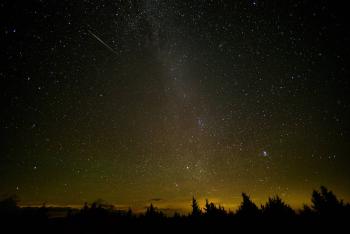
during the Perseid Meteor Shower in Spruce Knob West Virginia 2016,
credit: NASA /Bill Ingalls
Perseid Meteor Shower
The Perseids are the most popular meteor shower as they peak on warm August nights as seen from the northern hemisphere. Check the astronomical events calendar below.
Calendars to Explore the Night Sky
- New York Times astronomy events calendar and iCal/webcal link to add to iCloud, Google, or Outlook
- http://www.skyandtelescope.com/observing/sky-at-a-glance/
- https://www.timeanddate.com/astronomy/
- https://stardate.org/nightsky
- https://nightsky.jpl.nasa.gov/planner.cfm
- https://in-the-sky.org/newscal.php
- http://earthsky.org/tonight
- American Meteor Society: https://www.amsmeteors.org/meteor-showers/meteor-shower-calendar/
NISE Network hands-on activities

Exploring the Solar System: Asteroid Mining
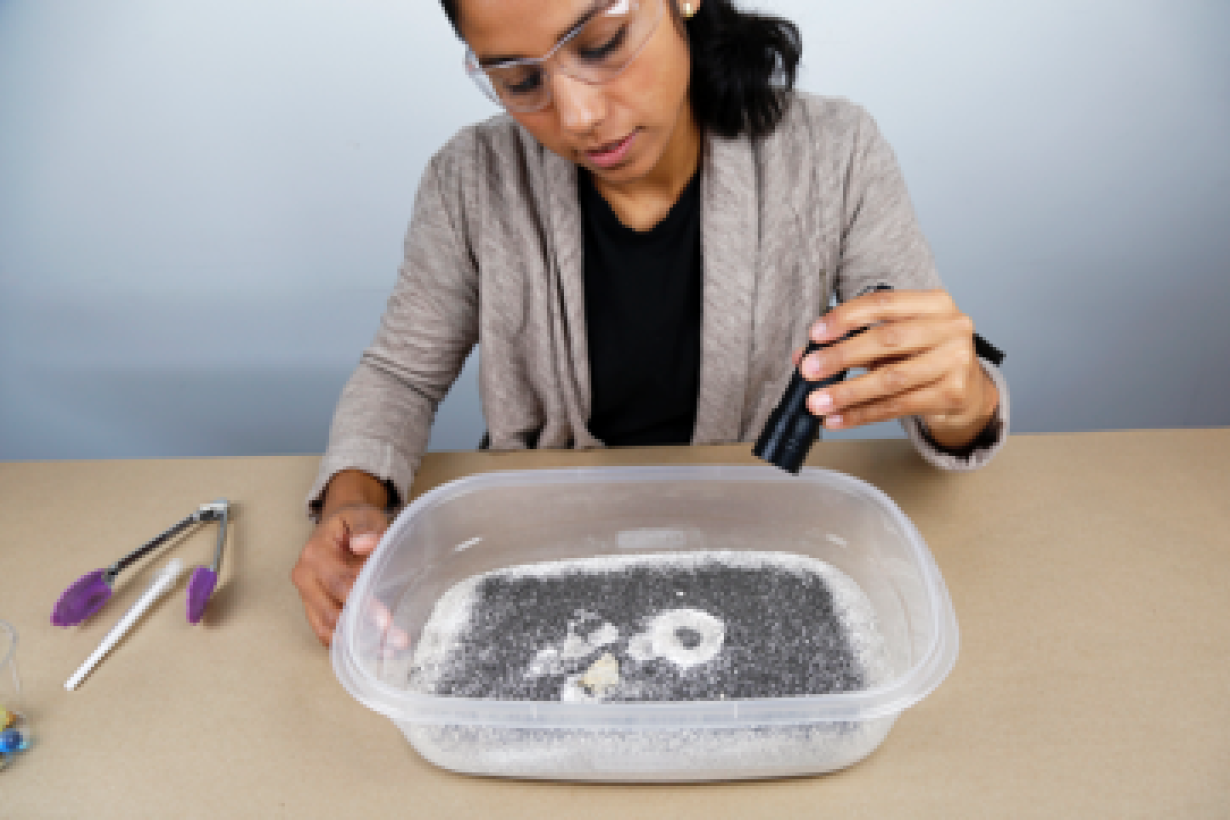
Exploring the Solar System: Craters
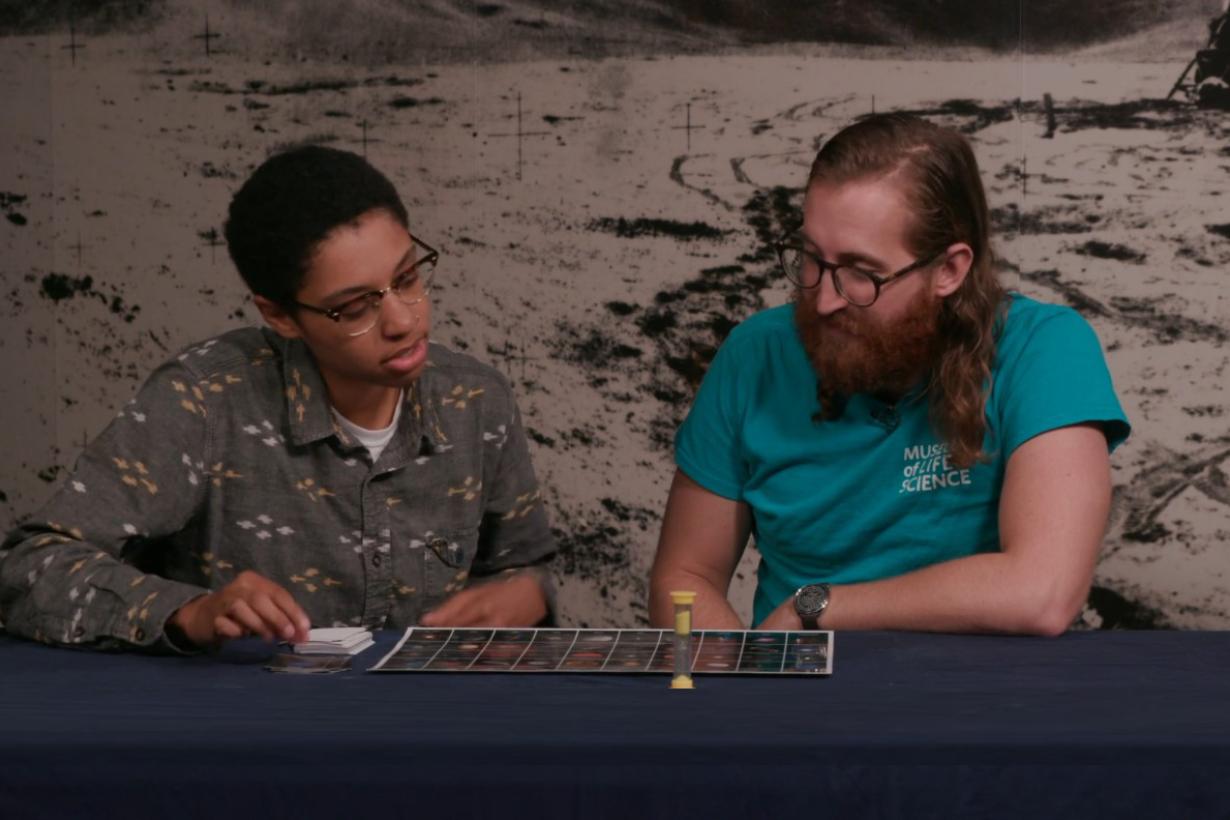
Exploring the Universe: Space Guess Quest Game

Exploring the Solar System: Pocket Solar System
Recorded Online Workshops
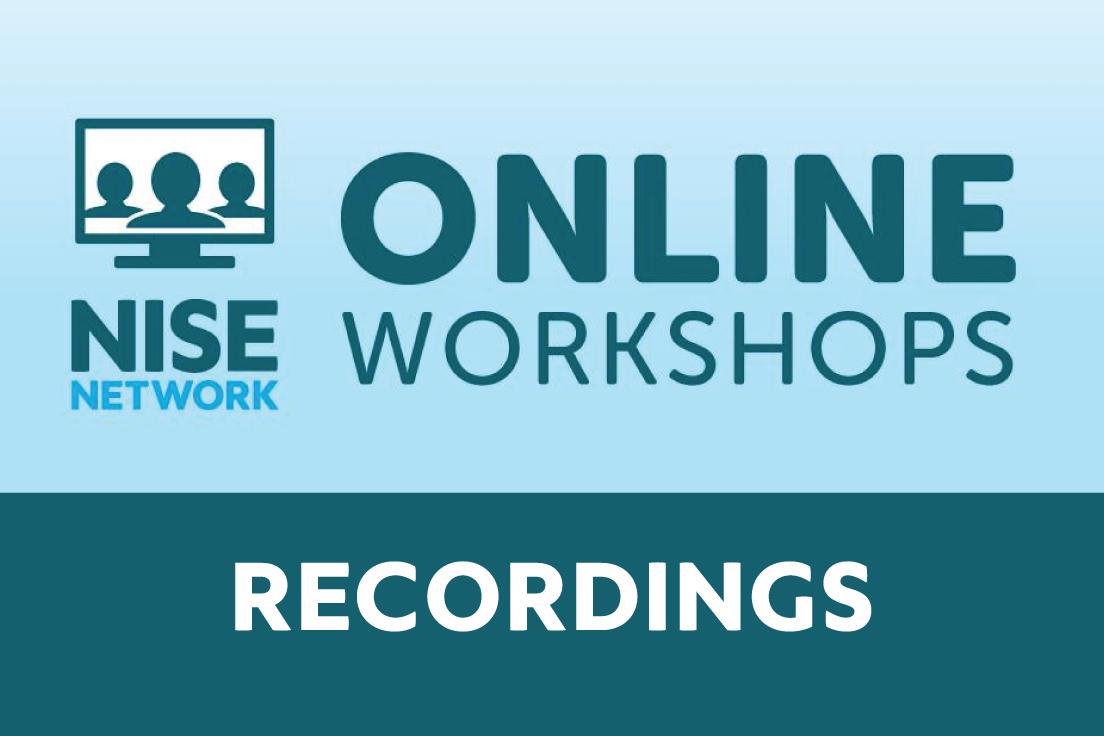
Online Workshop Recording: Asteroids, Meteorites, NASA Missions & more!

Online Workshop Recording: The Science Behind the 2020 Explore Science: Earth and Space Toolkit – Asteroid Mining - Part 3
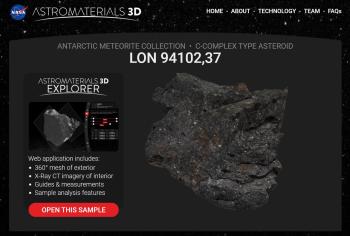
NASA Resources
- Introductions
- NASA Space Place resources:
https://spaceplace.nasa.gov/menu/comets/
https://spaceplace.nasa.gov/asteroid
- NASA Space Place resources:
- Multimedia
- Astromaterials3D - a virtual library for exploration and research of
NASA's space rock collections including meteorites:
https://ares.jsc.nasa.gov/astromaterials3d/ - NASA Solar System Treks: https://trek.nasa.gov
- Asteroid Bennu Trek: https://trek.nasa.gov/bennu/
- Asteroid Vesta Trek: https://trek.nasa.gov/vesta/
- Astromaterials3D - a virtual library for exploration and research of
- Hands On Activities
-
NASA Night Sky Network
-
NASA Johnson NASA Astromaterials Research & Exploration Science (ARES)
- Slide shows
- NASA What is that Space Rock slideshow
- NASA Night Sky Network Space Rocks presentation
- NASA Johnson Space Center Astromaterials Meteorite Powerpoint
- Handouts and Posters
- NASA Night Sky Network Heads Up! It's a Meteor Shower handout
- NASA Johnson Astromaterials Research & Exploration Science (ARES) infographics
- NASA Johnson Space Center Astromaterials Posters and Lithographs
-
ASU Buseck Center for Meteorite Studies Info Sheets
- K-12 Curriculum
- 3D Printing Models
- Samples
-
NASA Johnson Space Center Astromaterials Lunar & Meteorite Sample Disk Program
-
-
Meteorite Identification Advice
-
ASU Buseck Center for Meteorite Studies Meteorite ID advice
-
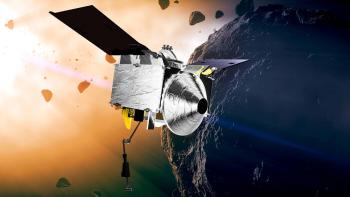
Featured NASA Missions and Programs
OSIRIS-Rex
-
OSIRIS-Rex traveled to near-Earth asteroid Bennu and brought back a small sample back to Earth for study
https://www.nasa.gov/osiris-rex -
Resources:
-
Astrobiology graphic histories (Issue 3 features OSIRIS-REx)
-
Sample from Bennu - Live and Interactive Planetarium Learning Resources (NASA Connects log in needed)
Psyche
- Psyche mission to a unique metal asteroid orbiting the Sun between Mars and Jupiter launched October 13, 2023 and is scheduled to arrive at the Psyche asteroid in August 2029
- Resources
-
NASA Psyche mission website and blog
-
Arizona State University Psyche mission website
-
NASA Psyche mission resources collection
-
NASA Psyche mission YouTube playlist
-
NASA JPL Psyche mission Photojournal
-
-
Resources for educators:
Lucy
- Launched in 2021, Lucy is visiting the Trojan Asteroids which share Jupiter's orbit around the Sun:
- Mission: https://www.nasa.gov/lucy
- Mission: http://lucy.swri.edu
- Lucy’s Journey animated video series https://www.youtube.com/playlist?list=PL_8hVmWnP_O0NJF7vd2ASOsqiaFURif_Z
NASA Asteroid Watch
-
NASA Asteroid Watch tracks Near-Earth Object (NEO) comets and asteroids that drift close to Earth's orbital neighborhood:
https://www.jpl.nasa.gov/asteroid-watch
Near-Earth Asteroid Scout (NEA Scout)
- Near-Earth Asteroid Scout (NEA Scout) is a small CubeSat spacecraft designed to fly by and return data from a near-Earth asteroid
https://www.nasa.gov/content/nea-scout
Double Asteroid Redirection Test (DART)
- Double Asteroid Redirection Test (DART) is a planetary defense-driven test to change the motion of an asteroid in space. (DART’s target asteroid is NOT a threat to Earth. DART is a test. There are no known asteroid threats to Earth).
- activities and videos: https://science.nasa.gov/missions/dart/resources
- Museum Informal Education Alliance resources (free log-in required)
https://informal.jpl.nasa.gov/museum/content/dart-impact-day-resources-informal-educators - https://www.nasa.gov/planetarydefense/dart
- https://dart.jhuapl.edu
- https://www.jpl.nasa.gov/edu/news/2022/9/22/the-science-behind-nasas-first-attempt-at-redirecting-an-asteroid
Hayabusa2 Mission
- Hayabusa2 is a Japanese spacecraft that studied asteroid Ryugu, collected samples, and brought them to Earth for analysis.
- https://solarsystem.nasa.gov/missions/hayabusa-2/in-depth/
- https://www.isas.jaxa.jp/en/missions/spacecraft/current/hayabusa2.html
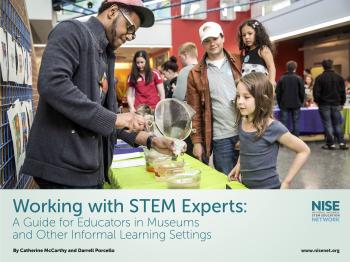
Finding STEM Experts
- See the "Space and Earth Science" section of Working with STEM Experts: A Guide for Educators in Museums and Other Informal Learning Settings
